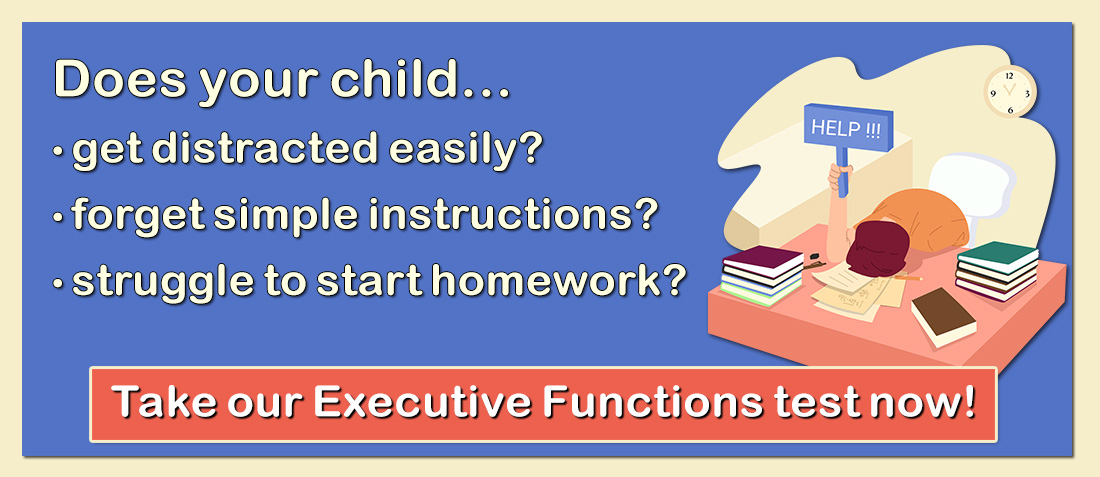 At its core, the processing speed index measures a child’s ability efficiently to scan and understand visual information and complete a task with the data. Processing speed has a strong relationship with developing math and reading skills in elementary school and is important for developing automaticity with these skills. Processing speed measures assess a child’s speed and accuracy of identifying visual information, making decisions, and acting on these decisions. Processing speed is more than a simple reaction time or the capacity for simple visual discrimination because decision making, learning, and sustained concentration are required to perform well in this area. Processing speed is dependent upon skills such as visual scanning, visual discrimination, short-term visual memory, clerical motor speed, visual motor coordination, and sustained focus.
At its core, the processing speed index measures a child’s ability efficiently to scan and understand visual information and complete a task with the data. Processing speed has a strong relationship with developing math and reading skills in elementary school and is important for developing automaticity with these skills. Processing speed measures assess a child’s speed and accuracy of identifying visual information, making decisions, and acting on these decisions. Processing speed is more than a simple reaction time or the capacity for simple visual discrimination because decision making, learning, and sustained concentration are required to perform well in this area. Processing speed is dependent upon skills such as visual scanning, visual discrimination, short-term visual memory, clerical motor speed, visual motor coordination, and sustained focus.
Children with strength in processing speed can quickly identify visual information and make quick and accurate decisions. Processing-speed strengths may reflect efficient decision making, past learning, and sustained concentration.
Children with slow processing speed have difficulty performing simple tasks fluently such as when a child is slow to perform basic arithmetic operations such as in learning the times table. Children with slow processing speed take longer to complete assignments in class, do not finish exams in a timely fashion, may not be able to keep up with note taking, and cannot finish copying exercises within allotted time. These children read slowly and take even more time to complete tasks when under pressure.
Low scores on processing-speed measures have many causes, including difficulty with sustained attention or problems with visual discrimination. Low scores may also reflect tendencies for a sluggish cognitive tempo or slow decision making. Slow processing speed is frequently manifested in slow writing or simply moving slowly on basic activities. Low processing-speed scores are often seen in clinical conditions such as ADHD, Specific Learning Disorders, Autism Spectrum Disorder, and lower intellectual abilities.
Receive online class information and helpful tips from Dr. Randy Kulman's LearningWorks for Kids |




